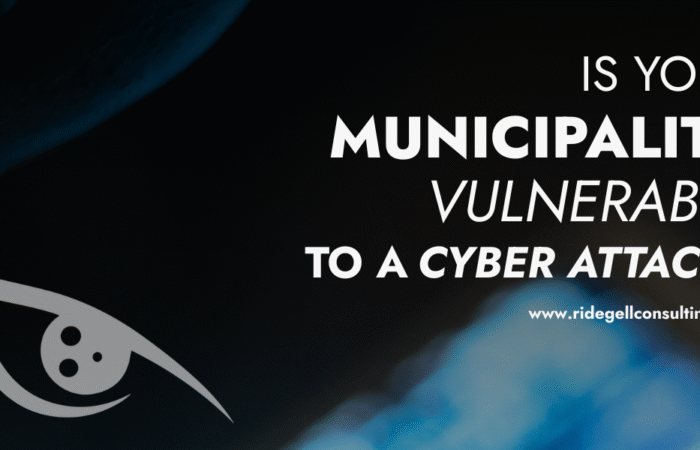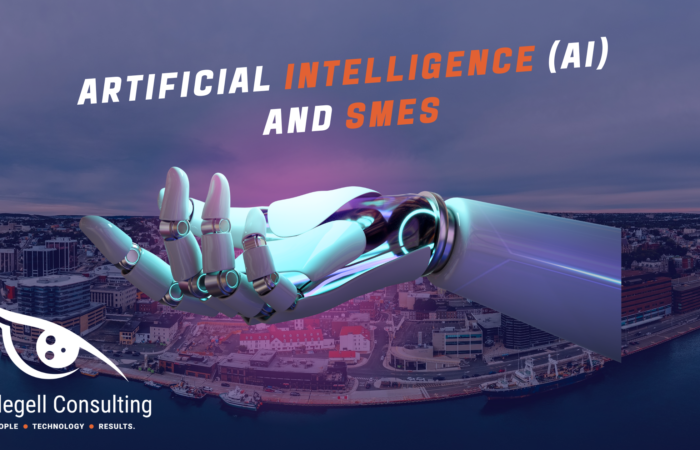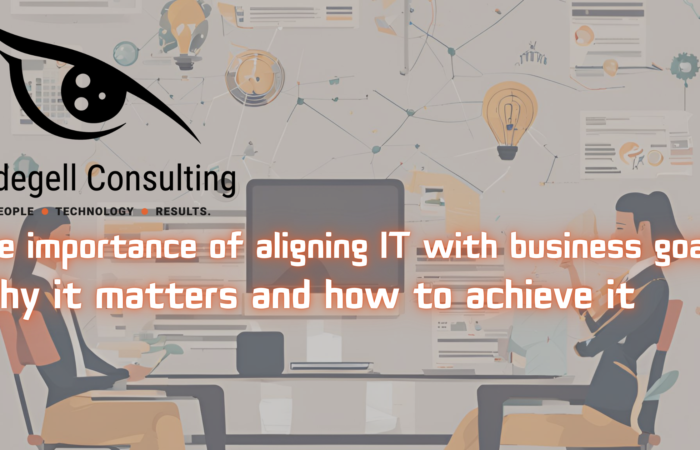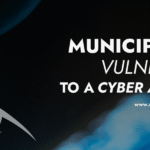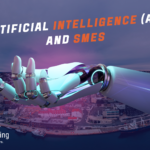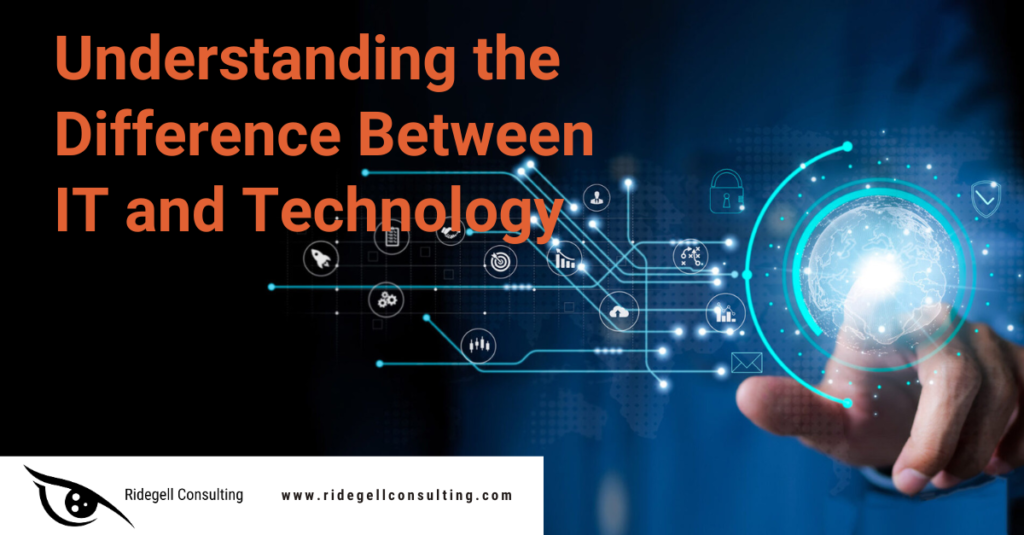
Estimated reading time: 4 minutes
IT vs. Technology
In today’s digital world, people often use the terms Information Technology (IT) and technology interchangeably. However, they are not the same. While closely related, each plays a distinct role. Understanding the difference between IT and technology can help businesses, leaders, and individuals better navigate innovation, digital transformation, and future opportunities.
Here, we’ll break down what each term truly means, how they overlap, and why distinguishing between them matters.
What is Technology?
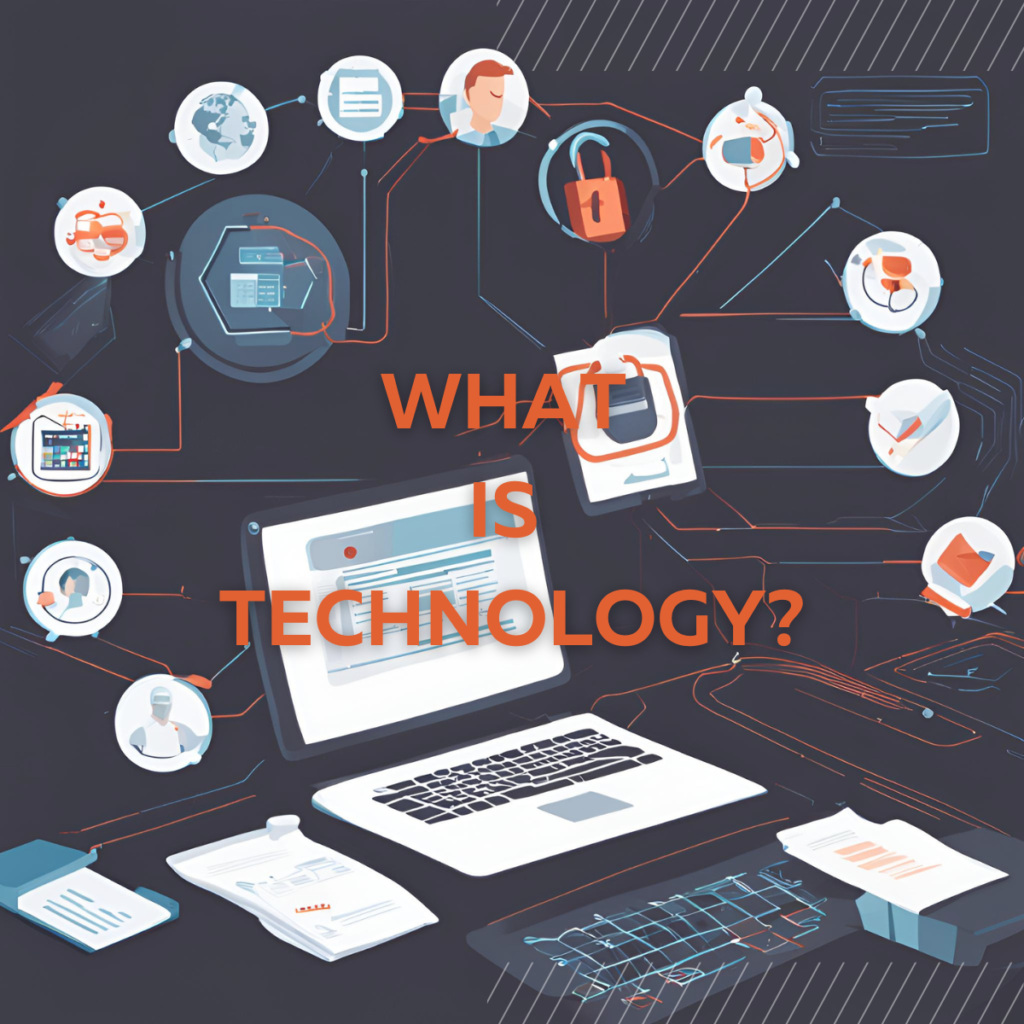
Technology is a wide idea. It includes tools, systems, machines, techniques, and processes. Creators design these to solve problems, improve skills, or make things work better. It spans countless fields, from mechanical engineering and biotechnology to communications and energy production.
In simple terms, technology refers to anything humans create to make life easier or tasks more efficient.
Real-World Examples of Technology
- Smartphones: A blend of telecommunications, software, and advanced computing.
- Medical Devices: Innovations like MRI machines and robotic surgery tools that advance healthcare.
- Renewable Energy Systems: Solar panels and wind turbines that harness natural resources for sustainable power.
- Industrial Automation: Robotics and machinery in manufacturing that improve speed, precision, and output.
- Blockchain Technology: Distributed ledgers that transform data security, finance, and transactions.
What is Information Technology (IT)?
Information Technology (IT) is a specialized branch of technology that focuses specifically on the management and processing of information. It includes the design, implementation, maintenance, and security of computer systems, software, networks, and databases.
Simply put, IT is all about using computers and digital systems to store, retrieve, transmit, and safeguard information.
Key Components of IT:
- Hardware: Computers, servers, routers, and physical devices.
- Software: Applications, programs, and operating systems.
- Databases: Organized data storage and retrieval systems.
- Networks: Internet, intranets, LANs, and WANs that enable connectivity.
- Cybersecurity: Protecting systems and information from threats and breaches.
- Cloud Computing: Delivering services like storage, software, and processing power over the internet.Processes and technologies for storing, protecting, and analyzing information.
Technology vs. Information Technology
Key takeaway: All IT is technology, but not all technology is IT. For example, a wind turbine is a piece of technology, but it is not part of IT. On the other hand, a data server is both a technology and a core component of IT.
Recognizing the distinction between technology and IT helps organizations:
- Strategically invest in the right tools and support systems.
- Hire the right talent for specific roles (technology development vs. IT management).
- Strengthen cybersecurity and information management practices.
- Drive innovation without misallocating resources or creating technology gaps.
In today’s digital economy, clear insights help businesses grow, adapt, and protect their important assets.
Conclusion
While closely linked, technology and Information Technology serve different purposes. Technology includes all human inventions that aim to improve life. IT is a specific area focused on managing information.
By understanding this difference, businesses and individuals can make smarter decisions, leverage the right expertise, and stay ahead in an increasingly competitive digital landscape.
At Ridegell Consulting, we help businesses align their IT systems with their broader business goals securely and strategically.
Let’s chat about how we can help your business.
Frequently Asked Questions
What is the difference between IT and technology?
Technology is a broad term that includes any tools, machines, or systems developed to solve problems or improve efficiency across all industries. Information Technology (IT) is a specialized branch of technology focused specifically on managing and processing information using computers, software, and networks.
Is Information Technology a part of technology?
Yes, Information Technology is a subset of technology. All IT solutions involve technology, but not all technological innovations are related to IT. For example, medical imaging machines are technology, while cloud storage systems are examples of IT.
Why is it important to understand the difference between IT and technology?
Understanding the distinction helps businesses invest in the right resources, hire the right expertise, and implement better digital strategies. It ensures organizations can effectively manage both their operational technology needs and their information systems.
Can a company have technology without IT?
Yes, a company can use various types of technology, such as machinery, tools, or energy systems, without necessarily implementing Information Technology. However, in today’s digital world, most businesses rely on some form of IT for operations, communications, and data security.
How does IT support business growth?
IT helps businesses grow by streamlining operations, enhancing data security, enabling better decision-making through analytics, and supporting innovation. A strong IT strategy ensures that companies can scale, adapt, and stay competitive in a digital economy.


